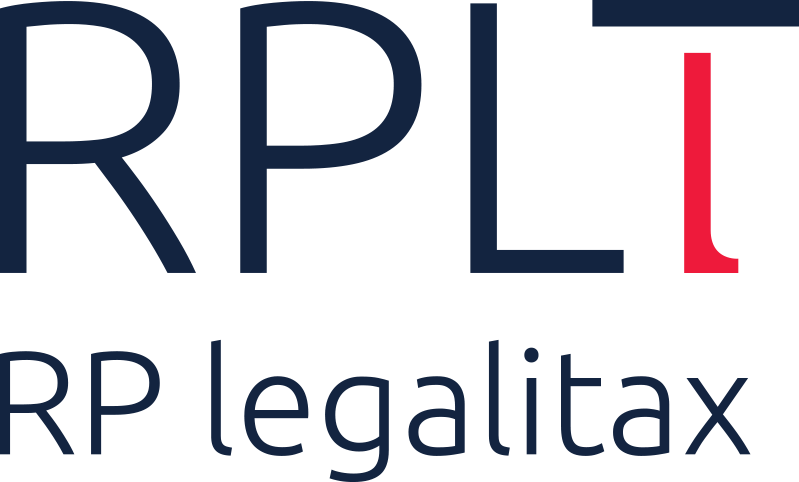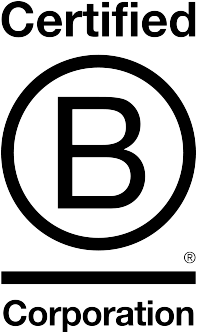Update | New EU Geographical Indications Regulation: putting an end to “Prošek Cases”

On February 28th, 2024, the European Parliament adopted the new regulation on Geographical Indications (GIs) concerning wines, spirits, and agricultural products, extending it to Traditional Specialty Guaranteed (TSG) and optional indications of quality for agricultural products. We are talking about those symbols applied to products that have a specific geographical origin and possess qualities or reputation linked to the territory. What are the novelties?
Geographical Indications: the updates
Firstly, the Regulation provides for a strengthening of the role of consortia in the agri-food sector, which will increase decision-making powers and planning capacity. They will also be assigned new tasks, such as promoting wine tourism.
Secondly, it is expected an increased protection for geographical indications, both in online commerce and traditional markets. For the online market, where an increasing number of counterfeits are being recorded, there will be an automatic blocking of domains that illegally use the names of geographical indications (so-called geoblocking measures).
The European Union Intellectual Property Office (EUIPO) will establish an alert system for this purpose. Additionally, the Regulation will prohibit the use of traditional terms (which will not be granted) that refer to other Member States’ geographical indication, if it may cause confusion among consumers. In other words, it will not be possible to obtain (and therefore use) a traditional term similar to or confusable with another recognized traditional term.
The ‘Prošek’ Case
Let’s consider the ‘Prošek’ case that erupted in previous years and still remains unresolved. In December 2013, the Croatian Ministry of Agriculture submitted a request for the registration, for a “passito wine”, of the term ‘Prošek’ as a “traditional term,” meaning an expression used to indicate that the product is marked by a denomination that attests to particular qualities linked to a certain geographical area. The request advanced by Croatia has been taken into serious consideration and published in the Official Journal of the EU. Despite the preexistence (since 2009) of the confusable DOC and DOCG ‘Prosecco’.
If the Croatian request were to be accepted (theoretically possible), it would likely generate a phenomenon of Italian sounding. This consists of evoking – for a certain product in the food and beverage sector – the phonetic (and often visual) appearances of an Italian product in order to be more appealing in foreign markets, where confusion can more easily occur due to a lesser knowledge of the Italian language and the original product, with possible consequent lower sales of national products and damage to their image. The entry into force of the new rules should prevent the recurrence of episodes like that of ‘Prošek’.
European Register of Geographical Indications
Thirdly, a central role will be attributed to the EUIPO. A European register of geographical indications will be established at the Intellectual Property Office to facilitate the defense of denominations in international contexts. Registration procedures for new geographical indications will also be simpler, with a six-month deadline for checking new ones.
Finally, rules are established to increase transparency. For this purpose, all consortia will be required to prepare and make public a sustainability report that explains the environmental and social impact of their geographical indications.
Always in order to ensure a greater transparency, precise rules are provided for the labeling of processed foods containing an ingredient with a geographical indication. Companies will be able to use the denomination (also in advertising) only if the ingredient with the GI symbol is present in sufficient quantity (which must be indicated on the label) to confer an essential characteristic, and if no other comparable ingredient with the GI mark is used in the same product.
Lastly, it is foreseen that the names of producers will appear next to the symbols of geographical indications both on the product label and on the respective packaging.
Once the Council has formally adopted the regulation, it will be published in the Official Journal of the EU and will enter into force 20 days later. The process could therefore be concluded in April 2024.
Article originally appeared the ‘Il Fatto Alimentare’ newspaper. The original Italian version can be found at this LINK.




